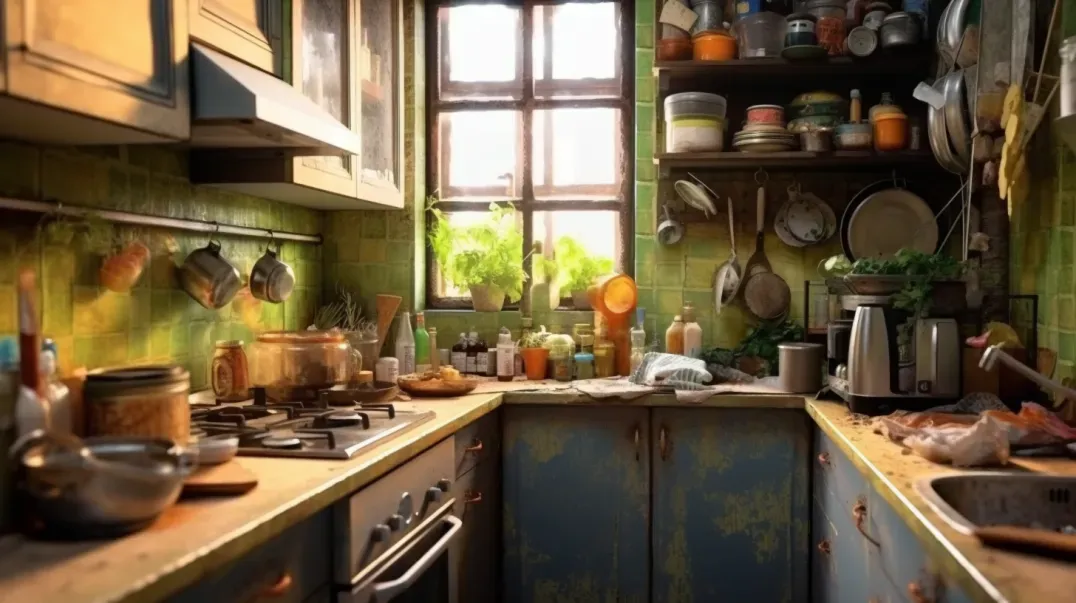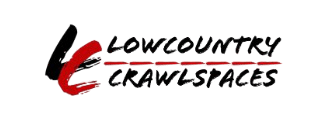The Future of Mold Prevention Technology
In the ever-changing world of home maintenance and health safety, mold prevention stands out as a critical area of concern for homeowners, renters, and property managers alike. Mold, a persistent and potentially harmful presence in many environments, poses significant health risks and structural damage if left unchecked. As our understanding of mold and its impacts deepens, so too does the landscape of strategies and technologies aimed at preventing its growth.
This blog post delves into the latest advancements and methodologies in mold prevention, reflecting a commitment to providing readers with accurate, up-to-date, and actionable information. From cutting-edge research on mold-resistant materials to innovative home maintenance practices, we explore how modern science and traditional wisdom converge to offer effective solutions for keeping our living spaces safe and mold-free.
Our journey through the evolving landscape of mold prevention is guided by insights from experts in the field, including environmental scientists, health professionals, and home improvement specialists. By examining the latest trends, tools, and techniques, we aim to empower you with knowledge and strategies to tackle mold prevention head-on, ensuring a healthier and more durable living environment.
Stay with us as we navigate through the complexities of mold prevention, offering practical advice, scientific explanations, and expert recommendations to help you stay one step ahead in the battle against mold.
Current State of Mold Prevention
The landscape of mold prevention is as dynamic as it is critical. With the health risks posed by mold ranging from mild allergic reactions to severe respiratory issues, understanding the current state of mold prevention is essential for maintaining safe and healthy living environments. This section delves into the traditional methods of mold prevention, evaluates their effectiveness, and explores the contemporary challenges that complicate mold management today.
Traditional Methods of Mold Prevention
Mold prevention has long been a cornerstone of property maintenance, relying on a blend of time-tested strategies and conventional wisdom. Traditional methods focus on controlling moisture levels, ensuring adequate ventilation, and using mold-resistant materials during construction and renovation. From the use of dehumidifiers and exhaust fans to the application of antimicrobial paints, these practices aim to create conditions that are inhospitable to mold growth.
However, while these methods have been effective to a degree, they come with limitations. Some traditional practices are not suitable for all building types or climates, and others may not address the root causes of mold growth. Additionally, the reliance on chemical treatments raises concerns about environmental impact and long-term health effects, prompting a reevaluation of conventional mold prevention strategies.
Challenges in Contemporary Mold Management
As we advance in our understanding of mold and its prevention, we encounter new challenges that test the efficacy of existing methods. One of the primary hurdles is the adaptability of mold itself; as a natural part of the environment, mold can often find ways to thrive despite preventive measures. This resilience necessitates ongoing research and adaptation of mold management practices.
Environmental concerns also play a significant role in shaping contemporary mold prevention strategies. The increasing awareness of the ecological impact of certain chemicals and practices has led to a demand for more sustainable and environmentally friendly solutions. Moreover, the effectiveness of traditional methods is often questioned in the face of climate change, which can exacerbate mold growth conditions by increasing humidity levels and causing more frequent water intrusion events.
In addressing these challenges, the current state of mold prevention is marked by a shift towards innovative approaches that balance effectiveness with environmental stewardship. From exploring natural mold inhibitors to designing buildings with mold resistance in mind, the field is evolving to meet the demands of the modern world while safeguarding health and the environment.
Emerging Technologies in Mold Prevention
As we continue to seek more effective ways to combat mold growth and its associated risks, the forefront of innovation presents promising technologies that could revolutionize how we prevent mold in our homes and buildings. This section explores the cutting-edge developments in mold detection and prevention, highlighting the role of advanced detection systems and innovative materials and coatings in creating healthier, mold-resistant environments.
Advanced Detection Systems
In the battle against mold, early detection is key. The latest advancements in technology have led to the development of sophisticated detection systems that promise to identify mold growth long before it becomes visible or poses significant health risks. These systems range from smart sensors capable of monitoring humidity and temperature changes to AI-driven platforms that analyze data patterns to predict mold growth potential.
Such technologies offer a proactive approach to mold management, allowing for timely interventions that can prevent mold from taking hold. By integrating these systems into our homes and buildings, property owners can maintain a constant vigil against the conditions that foster mold growth, significantly reducing the likelihood of mold-related issues.
Innovative Materials and Coatings
Parallel to advancements in detection are the developments in materials science that aim to prevent mold growth at its source. Researchers and companies are pioneering the use of innovative materials and coatings that resist mold naturally, without the need for chemical treatments. These include nanotechnology-based coatings that repel water and inhibit mold spore attachment and growth on surfaces.
Such materials are not only effective in preventing mold but also offer a more environmentally friendly alternative to traditional chemical preventatives. By incorporating these materials into building designs, from drywall and paint to flooring and insulation, the construction industry is moving towards creating inherently mold-resistant structures. This shift not only promises to improve indoor air quality but also reduces the maintenance and costs associated with mold remediation over the lifespan of a building.
The Role of Big Data and AI in Mold Prevention
The advent of big data and artificial intelligence (AI) has ushered in a new era of possibilities across various sectors, including environmental health and building maintenance. In the context of mold prevention, these technologies offer groundbreaking approaches to predicting, detecting, and managing mold growth. This section delves into the ways in which predictive analytics and automation are being leveraged to advance mold prevention efforts, highlighting the potential for these technologies to significantly enhance the efficacy and efficiency of mold management practices.
Predictive Analytics for Mold Prevention
Predictive analytics, powered by big data and AI, is at the forefront of transforming mold prevention strategies. By analyzing vast datasets that include environmental conditions, building materials, and historical mold occurrence patterns, AI algorithms can identify potential mold growth risks with remarkable accuracy. This predictive capability allows for preemptive action to be taken to mitigate these risks before mold has the opportunity to develop.
The application of predictive analytics in mold prevention extends beyond mere risk identification. It also encompasses the optimization of building designs and HVAC systems to minimize conditions conducive to mold growth. Furthermore, it enables the targeted application of mold prevention treatments in high-risk areas, thereby conserving resources and reducing the environmental impact of broad-spectrum chemical use.
Automation in Mold Management
The potential of automation in mold management is vast, offering a shift towards more proactive and less labor-intensive practices. Automated systems, equipped with sensors and AI-driven analytics, can continuously monitor environmental conditions that are indicative of mold risk, such as humidity levels, temperature fluctuations, and water leaks. Upon detecting conditions that could lead to mold growth, these systems can automatically adjust building ventilation, activate dehumidifiers, or alert maintenance personnel to potential issues.
This level of automation not only enhances the effectiveness of mold prevention strategies but also significantly reduces the time and cost associated with manual monitoring and remediation efforts. Moreover, the integration of AI and automation in mold management supports the development of smarter, more resilient buildings that can adapt to changing environmental conditions and maintain healthier indoor air quality.
Environmental Sustainability in Mold Prevention
In an era where environmental sustainability is increasingly becoming a priority, the field of mold prevention is experiencing a significant shift. Traditional methods of mold management, often reliant on chemical treatments, are being reevaluated in the context of their ecological impact. This section explores the advancements in eco-friendly mold prevention solutions and the innovations aimed at reducing the carbon footprint of mold management practices, highlighting a growing commitment to safeguarding both our health and the planet.
Eco-Friendly Mold Prevention Solutions
The quest for eco-friendly mold prevention solutions has led to the development of innovative technologies and methodologies designed to combat mold growth without harming the environment. These solutions range from natural mold inhibitors derived from plant extracts to advanced materials engineered to resist moisture and mold naturally. Additionally, the use of biodegradable and non-toxic cleaning agents for mold remediation represents a significant step forward in minimizing environmental impact.
Emerging technologies, such as UV-C light treatments, offer a chemical-free alternative for killing mold spores, further underscoring the move towards more sustainable mold management practices. These advancements not only contribute to a healthier living environment by reducing exposure to harsh chemicals but also align with broader environmental sustainability goals by minimizing ecological disruption.
Reducing the Carbon Footprint of Mold Management
Innovations in mold prevention are not only focused on eliminating the use of harmful substances but also on reducing the overall carbon footprint of mold management practices. This includes the development of energy-efficient dehumidifiers and ventilation systems that play a crucial role in controlling indoor humidity levels, a key factor in mold growth. By improving energy efficiency, these systems help reduce greenhouse gas emissions associated with electricity production.
Furthermore, the integration of smart home technologies allows for the optimization of indoor climate control, ensuring that energy consumption is minimized while effectively preventing mold growth. The adoption of green building materials and practices also contributes to this effort, as they are designed to manage moisture more effectively and sustainably.
Future of Indoor Air Quality Management
As we advance into the future, the management of indoor air quality is becoming increasingly sophisticated, driven by the dual goals of enhancing occupant health and minimizing environmental impact. Central to this evolution is the development of technologies and systems designed to monitor and manage air quality in real-time, with a particular focus on mold prevention. This section delves into the cutting-edge of integrated air quality systems and the burgeoning role of smart home technology in creating healthier indoor spaces.
Integrated Air Quality Systems
The development of integrated air quality systems represents a significant leap forward in our ability to maintain healthy indoor environments. These systems combine advanced sensors, data analytics, and environmental controls to monitor air quality parameters continuously, including humidity, temperature, particulate matter, and volatile organic compounds (VOCs). By identifying conditions conducive to mold growth, these systems can automatically adjust indoor climate settings or alert homeowners to take preventive action.
Moreover, integrated air quality systems are increasingly leveraging the power of AI and machine learning to predict potential air quality issues before they arise, allowing for preemptive adjustments to ventilation, humidity, and temperature. This proactive approach not only helps in preventing mold growth but also contributes to overall indoor air quality management, ensuring environments that are not only safer but also more comfortable for occupants.
Smart Home Integration
The integration of mold prevention technologies into smart home systems is setting the stage for a new era in residential health and safety. Smart home technology, with its interconnected devices and centralized control, offers a seamless way to incorporate mold prevention into the broader ecosystem of home management. Through the use of IoT (Internet of Things) sensors and devices, homeowners can monitor their indoor air quality in real-time, receiving notifications and automated adjustments to their home’s environmental controls based on the data collected.
This potential extends beyond mere mold prevention, encompassing a range of air quality improvements from reducing allergens to optimizing humidity levels for comfort and health. The synergy between smart home technology and mold prevention tools allows for a holistic approach to indoor air quality management, where every aspect of the home’s environment is continuously optimized for the well-being of its inhabitants.
FAQs
Contact Lowcountry Crawlspaces Today!
Lowcountry Crawlspaces will do everything we can to ensure your experience with us is excellent.
Request A FREE Estimate
CHECKOUT RECENT POST
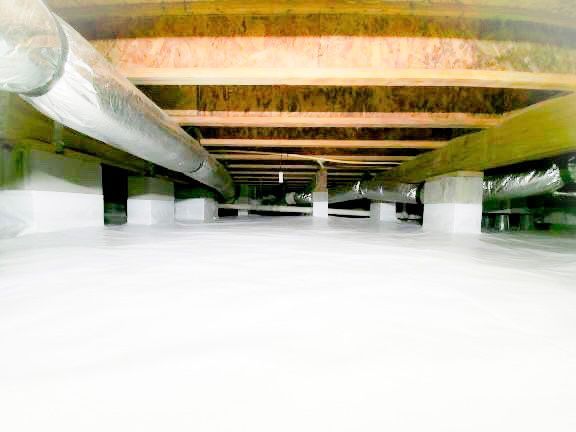
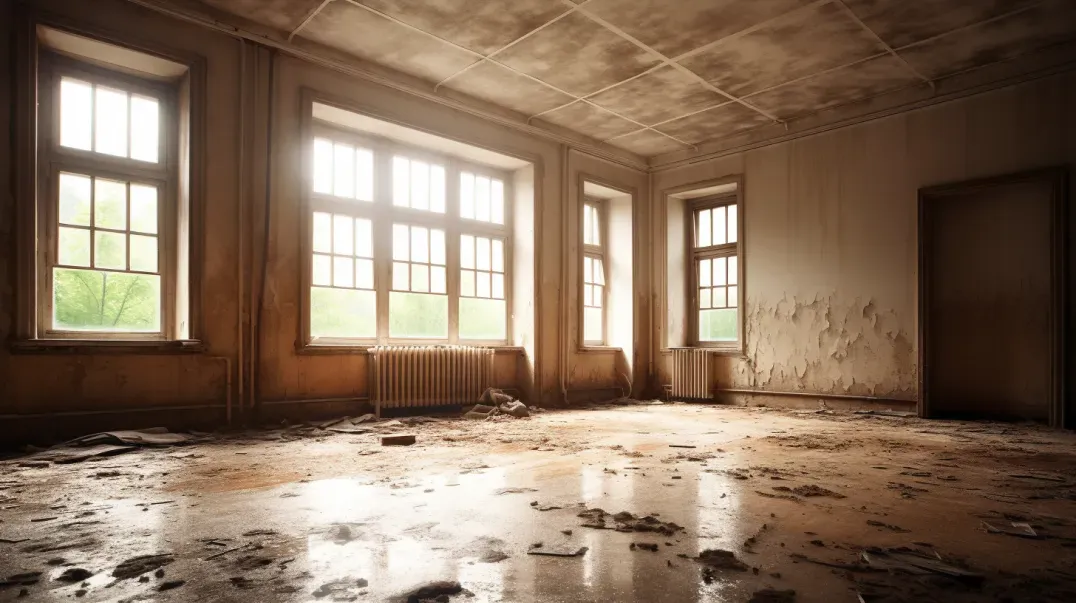
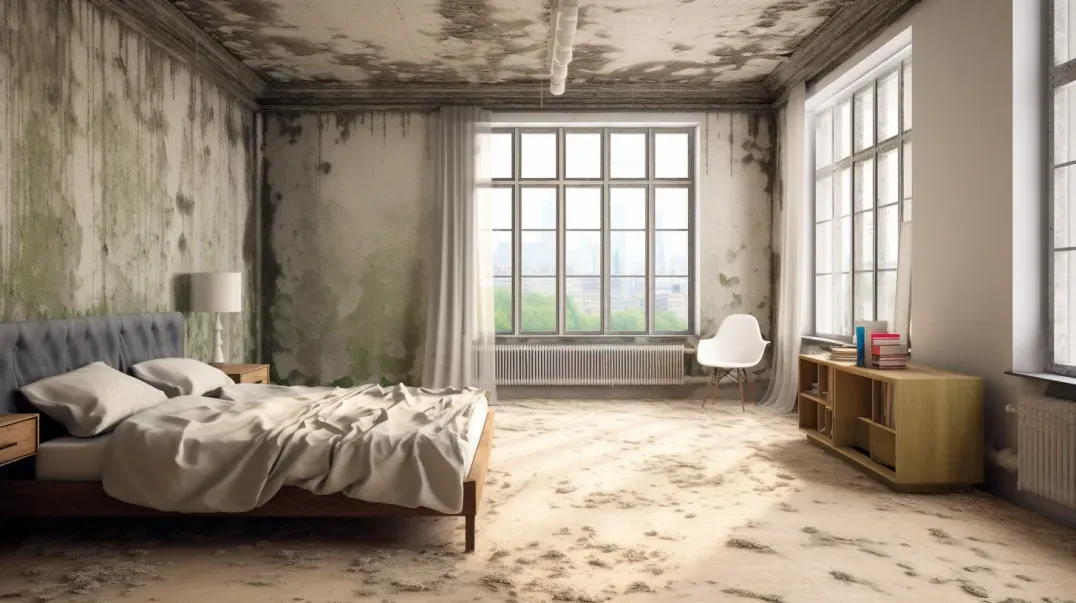
Schedule Your FREE Crawl Space Evaluation Today
There Is No Crawl Space Job We Can’t Fix!



